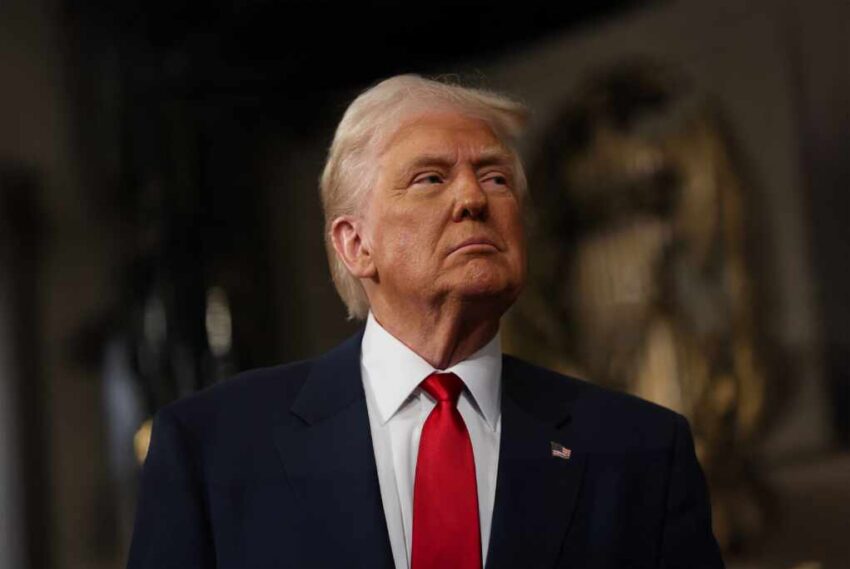Russia launched a sweeping aerial assault on Ukraine just hours after President Trump hosted President Volodymyr Zelenskyy and European leaders in Washington, prompting NATO fighter jets to scramble in response.
At a Glance
- Russia launched more than 270 drones and multiple ballistic and cruise missiles against Ukraine overnight
- NATO allies Poland and Sweden scrambled jets to reinforce regional air defense
- Trump hosted Zelenskyy and EU leaders to discuss peace and U.S. involvement in Ukraine security
- U.S. pledged $90 billion in aid, partly backed by European contributions
- Russian attacks underscored fragility of ongoing ceasefire negotiations
NATO’s Immediate Response to Russian Aggression
Within hours of the high-profile White House summit, Russia unleashed a dawn offensive on Ukraine involving around 270 drones, five cruise missiles, and five Iskander-M ballistic missiles. NATO scrambled fighter jets from Poland and Sweden in response, reinforcing defensive postures along the alliance’s eastern flank. The coordinated air activity reflected NATO’s rapid readiness to deter spillover from Russia’s intensifying strikes.
Watch now: NATO war planes scrambled after latest Russian attack on Ukraine · YouTube
These strikes marked one of the most extensive aerial attacks in recent months, aimed at undermining Ukrainian energy infrastructure and defense systems. The timing, so close to diplomatic efforts in Washington, highlighted Moscow’s willingness to escalate even as discussions over ceasefires and peace guarantees remained ongoing.
Strategic Stakes: Diplomacy Meets Escalation
The aerial aggression came mere hours after an urgent White House summit. Trump, Zelenskyy, and European leaders convened to discuss possible peace prospects and security guarantees for Ukraine. Key agenda points included trilateral talks with Russia, U.S. backing of European-led defense frameworks, and financial commitments.
The U.S. pledged roughly $90 billion in aid, supported in part by European contributions. Still, divisions emerged: European leaders insisted that a ceasefire was vital to de-escalation, while Trump voiced hesitation, citing doubts over enforceability. Meanwhile, Russian strikes placed immediate pressure on Ukraine’s appeals for concrete defense assurances.
What This Means Going Forward
NATO’s quick action reaffirmed its deterrence role while underscoring Europe’s exposure to conflict escalation. Diplomatically, the Washington summit demonstrated unity but also revealed tensions over peace terms. Russia’s choice of timing may have been designed to destabilize negotiations and test NATO cohesion.
For Ukraine, the dual track of intensified military pressure and fragile diplomatic outreach presents both risks and opportunities. The next phase will hinge on whether U.S.–European unity translates into actionable guarantees—and whether Moscow escalates further to preempt them.
Sources
Click this link for the original source of this article.
Author: Editor
This content is courtesy of, and owned and copyrighted by, https://thecongressionalinsider.com and its author. This content is made available by use of the public RSS feed offered by the host site and is used for educational purposes only. If you are the author or represent the host site and would like this content removed now and in the future, please contact USSANews.com using the email address in the Contact page found in the website menu.








